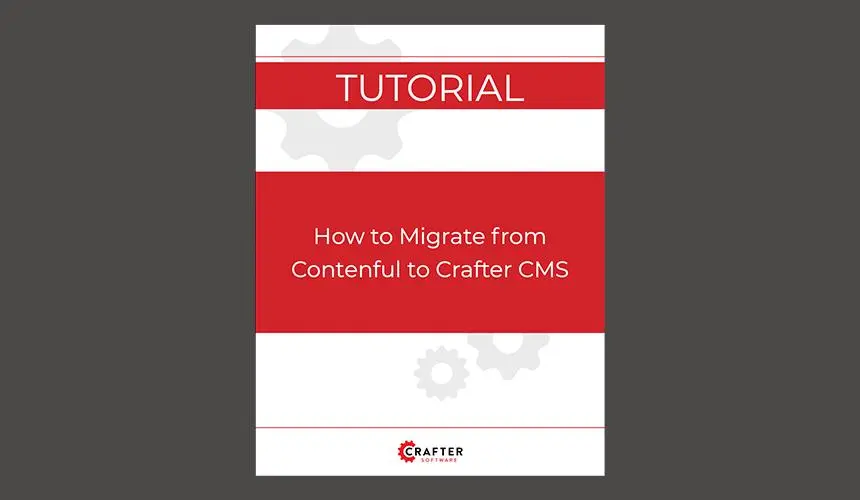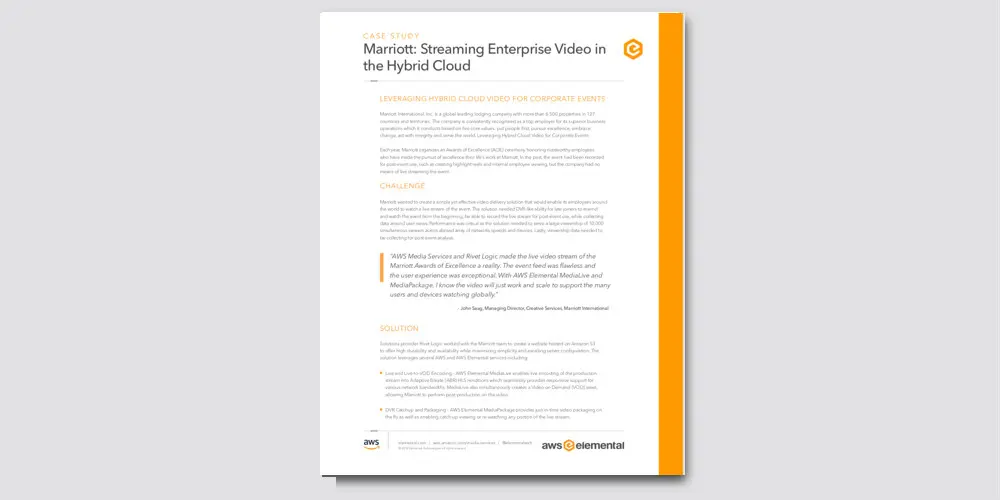Prompt Engineering for Website Content Authors: A Practical Guide to Working Smarter with AI

Sara Williams

Generative AI is changing the way content is created, and not just for developers or data scientists. Content teams across industries are discovering how powerful AI tools like ChatGPT, Claude, and others can be when applied to everyday content workflows. But here’s the catch: to get the most out of these tools, you need to know how to talk to them.
That’s where prompt engineering comes in. It’s not about writing code. It’s about crafting thoughtful inputs to get the best possible outputs. For website content authors, learning the basics of prompt engineering can supercharge productivity, improve content quality, and reduce creative friction.
This post is your practical guide to prompt engineering tailored specifically for web content authors working on websites, blogs, landing pages, and more.
What Is Prompt Engineering?
In simple terms, prompt engineering is the art of asking an AI the right question in the right way.
If you’ve ever used an AI tool and gotten an answer that felt generic, off-brand, or just plain wrong, the problem probably wasn’t the AI. More likely, it was the prompt. Like any collaborator, the AI performs best when it clearly understands what you want.
Compare these two prompts:
-
❌ “Write me something about email marketing.”
-
✅ “Write a 150-word blog introduction for a B2B SaaS audience about why email marketing still delivers the highest ROI among digital channels. Use a confident, persuasive tone.”
The second one gives the AI all the context it needs to be helpful, and that’s what prompt engineering is all about.
How AI Supports Website Content Authors
AI isn’t here to replace content authors—it’s here to support them. Think of AI as a tireless creative assistant that can help you:
-
Brainstorm blog post topics or outlines
-
Generate meta descriptions and SEO-friendly headlines
-
Draft product descriptions or FAQs
-
Rework existing content for different tones or audiences
-
Translate or localize content for new markets
-
Summarize long documents into digestible content snippets
This allows content teams to focus more on strategy, creativity, and refinement, rather than getting stuck on blank pages or repetitive writing tasks.
Core Prompting Techniques for Content Authors
You don’t need to be a prompt wizard. Just following a few key principles can dramatically improve your results:
1. Be Specific
General prompts produce general answers. Be clear about:
-
What you want
-
How long it should be
-
Who it’s for
💡 Instead of: “Write a paragraph about cybersecurity”
✅ Try: “Write a 100-word summary explaining the importance of endpoint security for small business owners.”
2. Provide Context
Who is the reader? What’s the tone? What’s the goal? The more the AI knows, the better it writes.
💡 Example: “Write in a casual, reassuring tone for parents concerned about online learning tools.”
3. Use Examples
Give the AI a sample format or style and ask it to match it.
💡 Example: “Here’s how we usually write product blurbs: [paste sample]. Now write one for our new analytics feature.”
4. Iterate and Refine
Treat prompts as a conversation. Ask for tweaks:
-
“Make this more concise.”
-
“Add a joke.” (Caution: LLMs are not great at jokes)
-
“Try a more professional tone.”
You’ll get better results with each pass.
Prompt Templates for Common Website Content Tasks
Here are some ready-to-use prompts for everyday web content authoring needs:
SEO Blog Post Prompt
“Write a 1000-word blog post on [TOPIC] for [TARGET AUDIENCE], optimized for the keyword [KEYWORD]. Use a friendly tone and include subheadings, bullet points, and a CTA at the end.”
Headline Generator
“Generate 5 headline options for a blog post about [TOPIC], aiming for a mix of curiosity and clarity. Keep them under 12 words.”
CTA Prompt
“Create a call-to-action for a product page encouraging users to start a free trial. Use active voice and keep it under 15 words.”
Tone Rewrite Prompt
“Rewrite the following content to sound more playful and engaging without losing clarity: [TEXT]”
Localization Prompt
“Translate the following product description into Spanish for a Latin American audience, preserving the persuasive tone: [TEXT]”
Advanced Prompt Strategies
Once you’re comfortable with the basics, try these more advanced techniques:
● Role-playing Prompts
“Act as a UX writer. Write microcopy for an error message when a user tries to submit a form without filling in a required field.”
● Chained Prompts
Start with an outline prompt, then use that outline to generate each section individually for higher-quality results.
● Few-shot Prompting
Provide a few examples of good output, then ask the model to generate more in the same style. Great for CTAs, social captions, or product taglines.
Tools That Support Prompting for Content Authors
Many AI tools and CMS platforms are making prompt engineering easier with built-in features and assistants:
-
CrafterCMS – Native AI authoring support for content creation and editing inside your CMS
-
Jasper AI – Marketing-focused content generation with templates
-
Notion AI – Brainstorming, summarizing, and writing inside Notion docs
-
ChatGPT / Claude – General-purpose prompting with creative flexibility
-
GrammarlyGO – AI-powered editing, rewriting, and tone adjustment
Whether you prefer working inside your CMS or a standalone AI tool, the same prompt engineering techniques apply.
Pitfalls to Avoid
-
Don’t blindly copy-paste AI outputs, instead review and fact-check.
-
Don’t rely on AI to find your brand voice, teach it your tone and style.
-
Avoid vague prompts like “write a blog” or “summarize this.” You’ll waste time correcting poor outputs.
-
Watch for hallucinations because AI can make up stats, names, or features.
Use AI as a starter, not a finisher.
Tips for Team Adoption
Want to bring prompt engineering into your content team’s workflow? Try this:
-
Create a prompt library with reusable templates. (And consider using a CMS for version control of your prompts.)
-
Run workshops or lunch-and-learns to practice together.
-
Encourage editors to collaborate on prompts to get better results.
-
Document successful prompts and improve them over time.
A little upfront training goes a long way.
Summary
Prompt engineering is the new digital literacy skill for content creators.
It’s not technical, but it is strategic. With the right prompting skills, content authors can dramatically reduce the time it takes to create high-quality, engaging, on-brand content. They can also spend more time doing the parts of the job that require human creativity and judgment.
So start experimenting. Refine your prompts. And get ready to work smarter with generative AI.
To learn more about managing prompts for your web content, read What is an AI Prompt CMS?
Related Posts

Websites Are Dead?

Mike Vertal

No-Code Experience Building for Marketers & Designers

Amanda Lee

The Future of Web Experiences: From Browsing and Searching to Conversational AI

Mike Vertal

From Content Author to AI Co-Creator: The Next Evolution of CMS Workflows with MCP

Amanda Lee
Related Resources
-

CrafterCMS at eBay: The Universal Content Platform for eBay.com
Webcast
-

Personalized Digital Experiences for a Cruise Liner
Webcast
-

How to Migrate from Contentful to CrafterCMS
Tutorial
-

How Content Led e-Commerce Drives Customer Engagement
Webcast
-

Marriott: Streaming Enterprise Video in the Hybrid Cloud
Case Study





